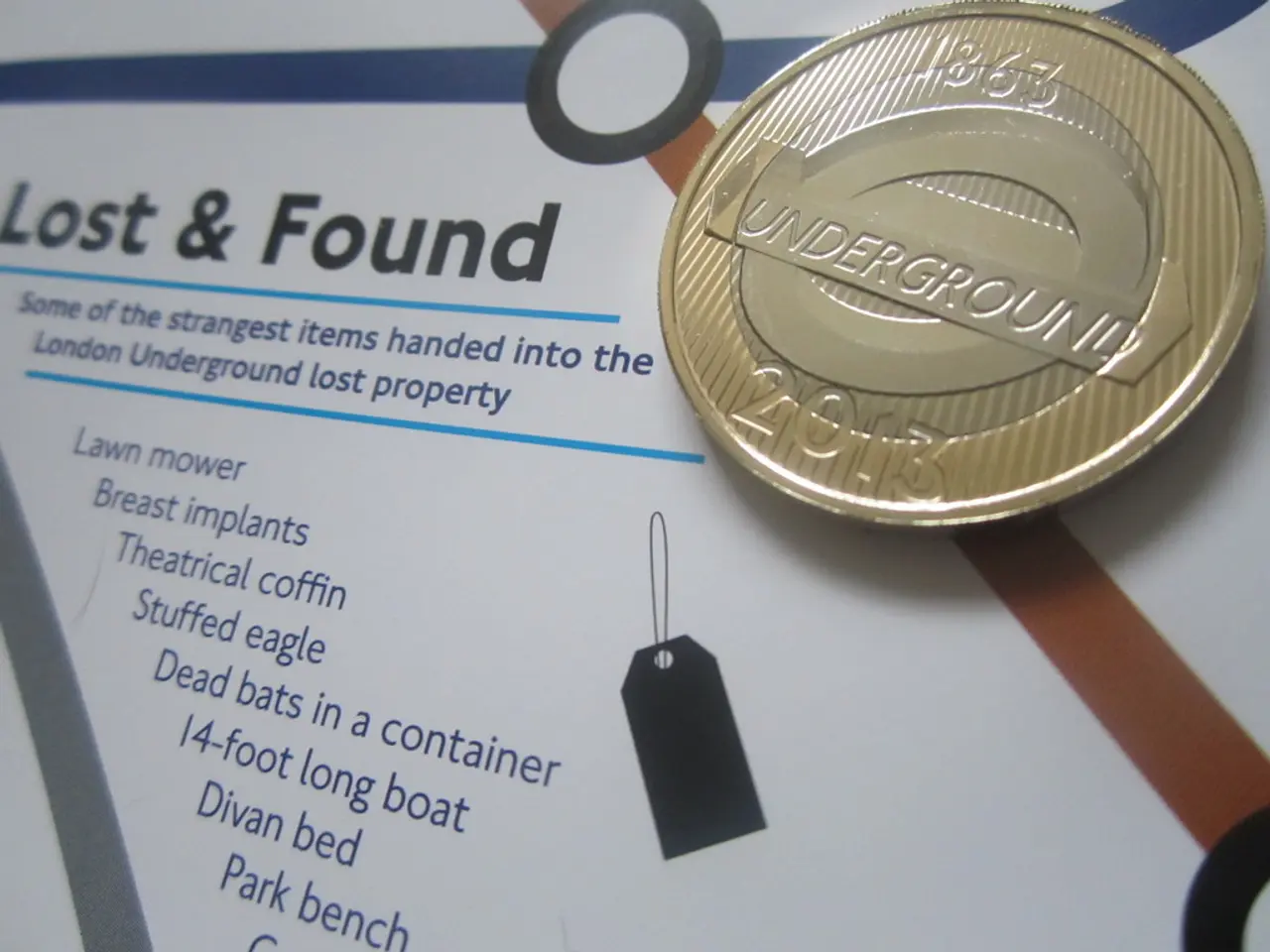Picking the Perfect ETF: A Guide to Making the Right Selection
Choosing the Right Exchange-Traded Fund (ETF) for Your Investment Portfolio
Investing in Exchange-Traded Funds (ETFs) can be an effective way to gain exposure to a diversified portfolio of assets. However, with hundreds of ETFs available on the market, choosing the right one for your investment goals and risk tolerance can be challenging. Here's a structured approach to help you make informed decisions.
- Define Your Investment Goals and Risk Tolerance
- Identify the purpose of investing in ETFs: whether for diversification, adding equity exposure, balancing a current fixed income portfolio, or targeting a specific investment strategy (growth, value, covered call, etc.).
- Understand your risk tolerance and time horizon, as this will guide whether you choose equity ETFs (higher risk), fixed income ETFs (lower risk), or other types like commodity or sector-specific ETFs.
- Assess the ETF’s Investment Focus and Role in Your Portfolio
- Look at the asset class (stocks, bonds, commodities, currencies) and geographic exposure (global, regional, or country-specific).
- Evaluate the ETF's segment or industry focus—does it cover diversified holdings or is it sector-specific?
- Check the investment style (growth, value, passive indexing, active management) to ensure it matches your strategy.
- Check Fund Size and Liquidity
- Prefer ETFs with a large fund size, indicating higher investor interest, greater liquidity, and usually tighter bid-ask spreads, which reduces trading costs.
- Review trading volumes to ensure you can buy and sell easily without impacting the price significantly.
- Analyze Expense Ratio and Costs
- Lower expense ratios mean less drag on your returns and are especially important for long-term investments.
- Compare these across similar ETFs. Some ETFs, like covered call ETFs, tend to have higher expense ratios due to active management or option strategies, so ensure you understand the impact of costs.
- Evaluate Historical Performance and Tracking Error
- Consider long-term performance (3-, 5-, or 10-year returns) to gauge consistency, but remember past performance doesn’t guarantee future results.
- Check the tracking error—the degree the ETF’s returns deviate from its benchmark. Lower tracking error is preferred for index-tracking ETFs.
- Examine Diversification Benefits
- Look how the ETF complements your existing portfolio. For example, if you are overweight in debt, look for equity ETFs tracking broad indices (Nifty 50, S&P 500) or specific sectors you lack.
- Confirm the ETF holds a diversified basket within its focus area to reduce concentration risk.
- Consider Current Market Trends and Conditions
- Assess how market conditions impact the ETF type: for example, downturns might affect equity ETFs more, while some fixed income ETFs may react differently based on interest rates.
- For specialized ETFs (e.g., covered call ETFs), evaluate how they performed in recent market downturns to understand downside risk mitigation.
- Tax Considerations
- Be aware of distribution patterns and tax treatment, especially for ETFs with option income or high turnover, which may generate short-term capital gains.
By applying these criteria, you can narrow down ETFs that fit your financial objectives and risk profile, while making choices reflective of cost efficiency, liquidity, historical reliability, and strategic diversification.
In summary:
| Key Factor | What to Check | |--------------------------|------------------------------------------------------------| | Investment Goals | Purpose of ETF in portfolio (growth, income, diversification) | | Risk Tolerance | Match ETF asset class and volatility to your comfort level | | Fund Size & Liquidity | Large fund size and high trading volume for easy trades | | Expense Ratio | Lower ongoing fees to maximize net returns | | Performance & Tracking | Consistent returns and minimal tracking error | | Diversification | Complement existing holdings without concentration risk | | Market Trends | Suitability given current economic and market environment | | Tax Considerations | Impact of distributions and gains on after-tax returns |
Following this methodical review will strengthen your ability to select ETFs aligned with your portfolio's needs and market context.
Sources: [1] Net Worth (2021). Understanding ETFs: A Comprehensive Guide [2] Investopedia (2021). Exchange-Traded Funds (ETFs) [3] The Balance (2021). How to Choose the Best ETF for Your Portfolio [4] Fool (2021). How to Choose the Best ETF for Your Portfolio [5] Forbes Advisor (2021). How to Choose an ETF
- For personal-finance professionals looking to advise on Exchange-Traded Funds (ETFs) for investor clients, understanding their net worth and financial objectives is crucial.
- In the realm of technology-driven finance, harnessing sophisticated financial news and data can help uncover top ETF investments, thereby boosting net worth.
- To build a well-diversified investment portfolio, professionals may want to consider partnering with ETF investment firms specializing in various asset classes like stocks, bonds, commodities, and currencies.
- When determining the suitable ETFs for a client's investment goals and risk tolerance, it's essential to assess the industry professionals managing the funds, ensuring they have a sound track record of successful investing.
- In the era of increased digital finance, keeping up-to-date on industry trends, asset allocation strategies, and net worth calculations will empower financial professionals to combine sensible ETF investments with valuable advice for their clients.




